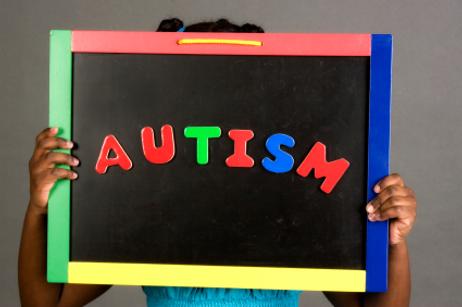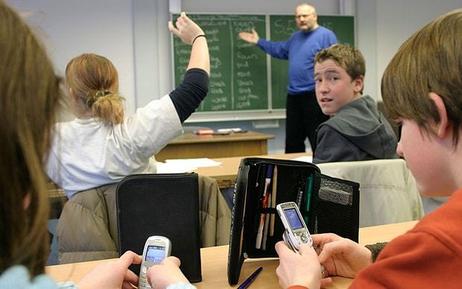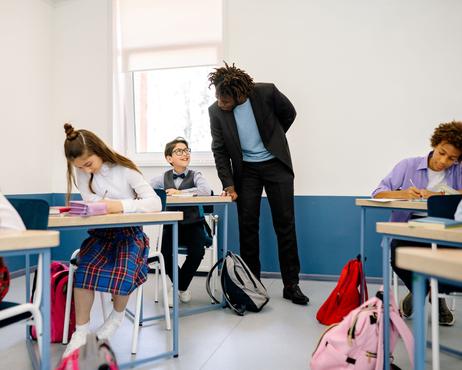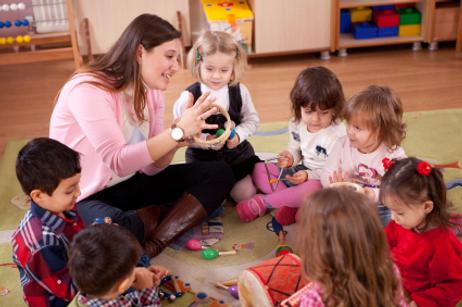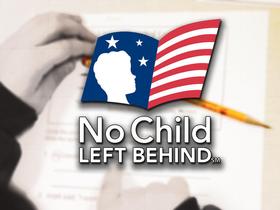According to research and studies from the Centers for Disease Control, an average of 1 in 150 births results in a child who is diagnosed with autism. With this statistic, it is predicted that over 1.5 million Americans alone are potentially dealing with some form of disorder on the autism spectrum. While the cause is still unknown, autism is growing at a rate of an estimated 10-17 percent each year, as this disorder is now more prevalent and common than diabetes, pediatric cancer, and AIDS combined.
As Autism Spectrum Therapies explains, ŌĆ£Autism is a complex developmental disability [ŌĆ”] (and) is considered a neurological disorder, though the specific cause is not known.ŌĆØ Today, medical experts and researchers can typically diagnose autism by a childŌĆÖs second birthday; however, new breakthroughs are providing signs of autism in infants as early as just six months of age. As these medical breakthroughs continually advance, schools, parents, and the medical community are discovering new avenues for providing autistic children with full and inclusive support.
Public Schools and Encouraging Social Behavior
Since autism spectrum disorder is a neurological issue, each individual coping with autism expresses unique and different symptoms and indications. This condition is referred to as a ŌĆ£spectrumŌĆØ because the degree and severity of each individual is subjectively specific. Most commonly, however, individuals suffering from autism spectrum disorder struggle with social and communicative skills, which are often most obviously realized once a child is exposed to social opportunities at school.
As Autism Spectrum

